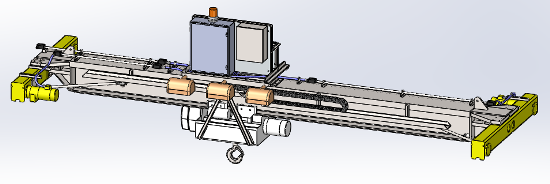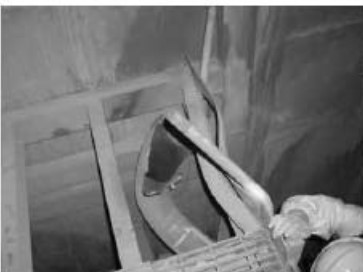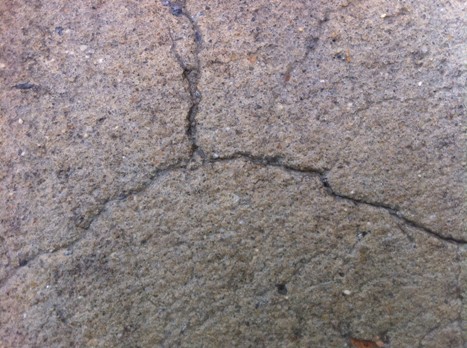Crane Bridge Design
The CMAA Standard for Cranes: Becht Engineering recently completed the structural analysis for a single girder 5-ton crane bridge with an under-running hoist per CMAA-74 for nuclear waste handling operations. CMAA is the Crane Manufacturers Association of America, and CMAA-74 is the Specification for Top Running and Under Running Single Girder Electric Traveling Cranes Utilizing […]






